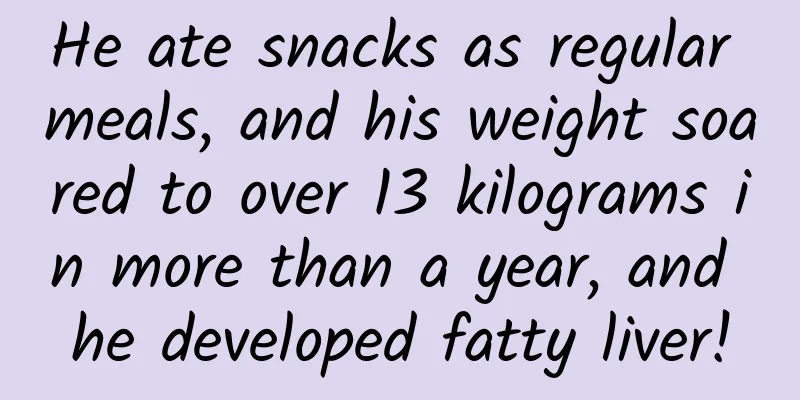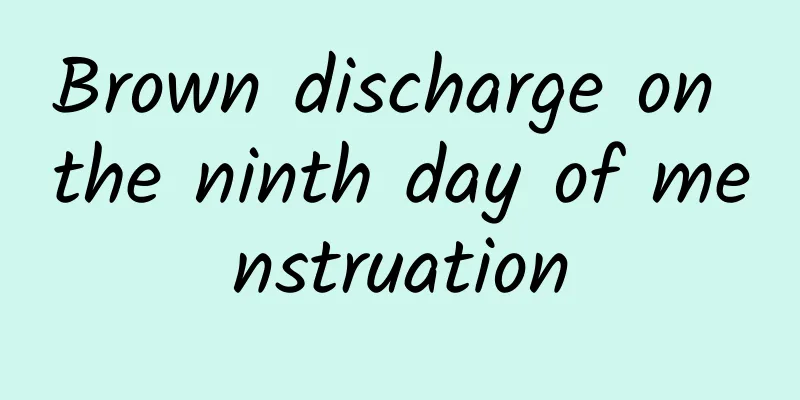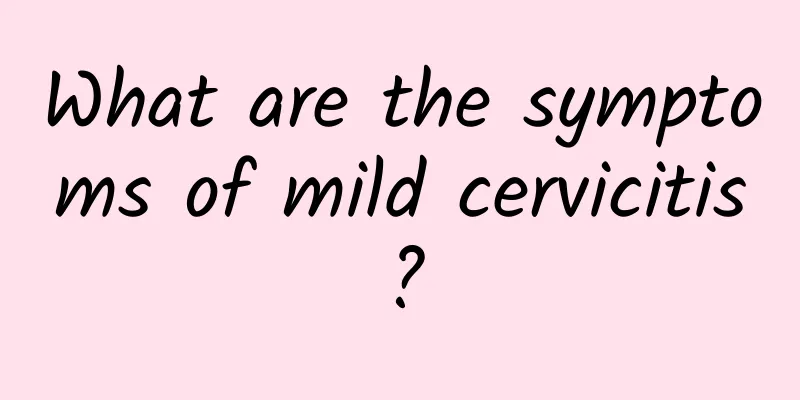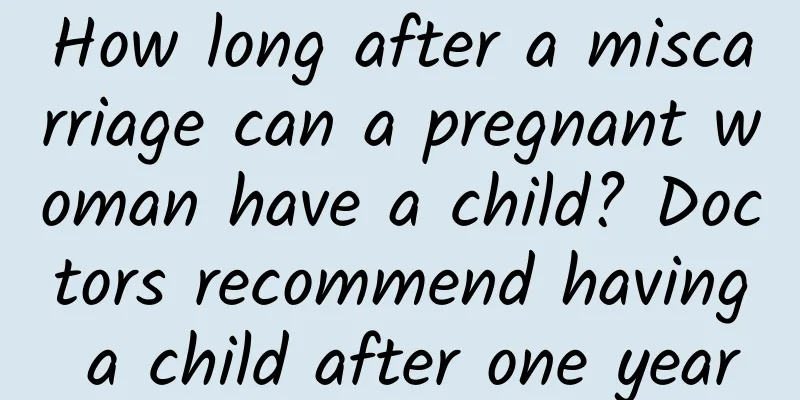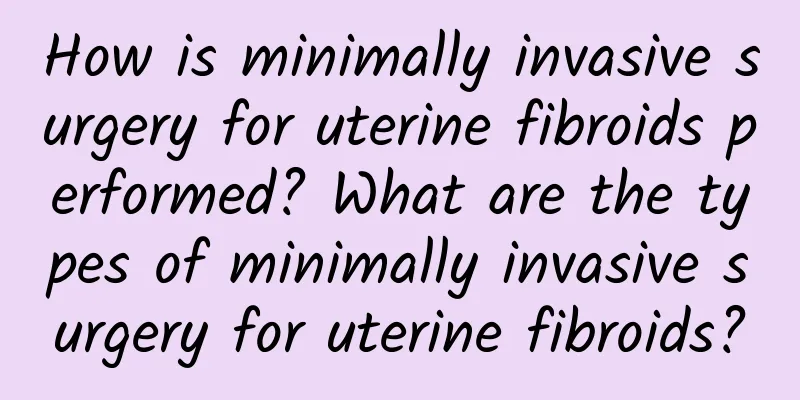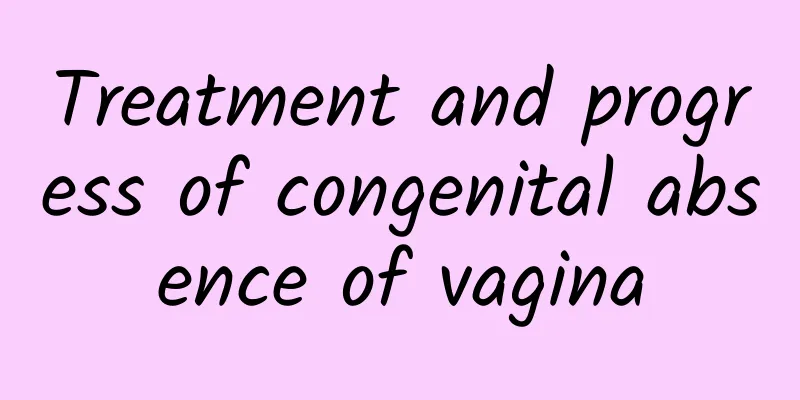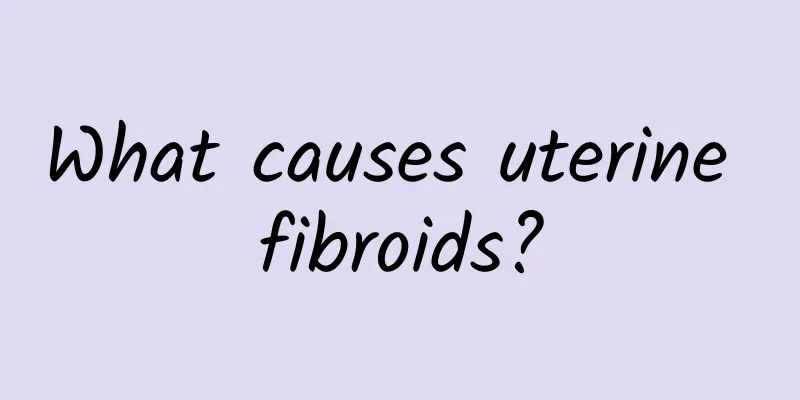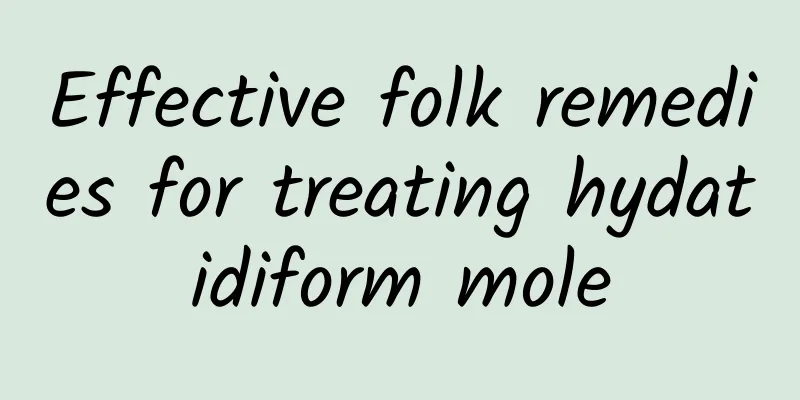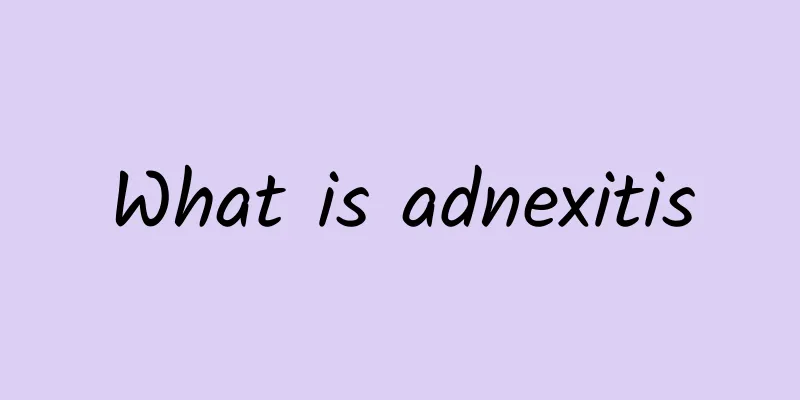How to treat cholecystitis in children

|
The treatment of pediatric cholecystitis requires a comprehensive assessment of the condition and the selection of appropriate treatment methods based on the cause, including medication, dietary adjustments, and surgical treatment. Parents should take their children to the doctor in a timely manner and further clarify the diagnosis through ultrasound examination. 1) Drug treatment: Mild cholecystitis can usually be controlled with medication. The doctor may prescribe antibiotics for the child to treat the infection, such as cephalosporins or quinolones, and the specific dosage needs to be adjusted according to the child's weight. Antispasmodics such as scopolamine can be used to relieve gallbladder colic. If there is severe pain, non-steroidal analgesics such as ibuprofen may be used, but they must be taken under the guidance of a doctor. Parents should not use medication without authorization. 2) Diet adjustment: During an attack of cholecystitis, diet is very important to relieve symptoms. It is recommended that children consume easily digestible liquid or semi-liquid foods, such as rice porridge, vegetable soup, etc., and avoid high-fat and high-cholesterol foods to reduce the burden on the gallbladder. For example, fried foods, egg yolks, cheese, etc. should be avoided as much as possible. At the same time, increasing vegetables and fruits rich in dietary fiber will help improve overall bile duct health. 3) Surgical treatment: If the condition is more serious or there is obvious structural damage to the gallbladder (such as stones, cysts, etc.), surgery may be a necessary option. For example, laparoscopic cholecystectomy can remove the diseased gallbladder with less trauma and faster recovery. If it is complicated cholecystitis or accompanied by other complications, traditional laparotomy may also be required for treatment. The specific method of surgery needs to be based on the doctor's advice and comprehensive evaluation of the condition. Children with cholecystitis must receive targeted treatment under the guidance of a doctor according to the severity of the disease. Parents should not delay or handle the disease on their own. If a child repeatedly experiences symptoms such as right upper abdominal pain and nausea, they should seek professional medical help in a timely manner. This will not only ensure the effectiveness of the treatment, but also greatly reduce the risk of complications. Actively paying attention to children's diet and health status is an important part of preventing cholecystitis. |
<<: Abnormal vaginal discharge and dull abdominal pain
>>: Early symptoms of incomplete hydatidiform mole
Recommend
Eat this way to gain muscle and lose fat! 3 tips to reduce cooking oil and eat healthier
If you are already used to using the same cooking...
Symptoms of pelvic inflammatory disease can be found by careful observation.
Symptoms of pelvic inflammatory disease can be fo...
How should people with cervical erosion arrange their sexual life?
Cervical erosion is not a disease, but a manifest...
Diagnosis of complications related to artificial abortion
There are many complications that may occur durin...
How is cervical erosion caused?
How does third degree cervical erosion occur? Thi...
What are the treatments for pelvic effusion?
What are the treatments for pelvic effusion? Pelv...
Do you need to go to the gym every day to exercise? Study: 30 minutes of aerobic exercise a day can help you lose weight
Do I have to exercise hard every day and feel exh...
The test standard for the conditional lifting of the ban on the use of linalool in the United States is 10ppb
The Department of Health officially announced tod...
Will cervical warts recur?
Cervical warts are a highly contagious sexually t...
How should patients with pelvic inflammatory disease eat?
Pelvic inflammatory disease does not happen to pa...
How to prevent threatened abortion early?
How to prevent threatened abortion in the early s...
What should patients with pelvic inflammatory disease eat?
Patients with pelvic inflammatory disease must pa...
What foods are good for the body when endometrial thickening occurs
Patients with endometrial thickening should avoid...
What should I do if I have irregular menstruation after laparoscopic surgery?
What should I do if I have irregular menstruation...
What to do if your period is delayed
There are many reasons for delayed menstruation, ...
